When the United States declared war on Germany on April 6, 1917, the decision triggered a massive effort to organize, train, and supply U.S. forces for duty overseas.
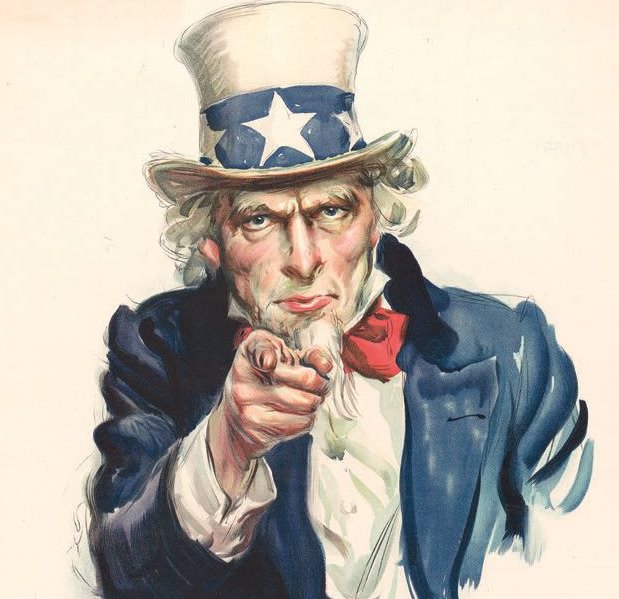
Hearing that America had declared war, British prime minister David Lloyd George praised Americans’ resourcefulness and ability to get things done. But he was mistaken about how soon U.S. forces could help. He criticized a top German general who predicted that the United States would need a year before it arrived in Europe in force. But the general was right—it was spring 1918 before the majority of U.S. troops landed in France.
Almost immediately after declaring war, President Woodrow Wilson said a half million men would have to join the armed forces. He added that the country would ask for many more soldiers “as they may be needed and can be handled in training.”
In June 1917, General John J. “Black Jack” Pershing, commander in chief of the American Expeditionary Force (AEF), went to Britain and France. He advised the U.S. War Department to send over “at least 1,000,000 men by next May.” At the time, the Allies had 3.5 million men on the Western Front, more than the Germans. But they were tired and discouraged from several years of fighting.
The U.S. military, however, was just not ready. The regular army had no more than 100,000 men. Those men were not prepared for modern warfare. The conflict going on in Europe involved trenches, poison gas attacks, and shelling with high explosives. Soldiers needed to be trained to fight in a type of war that America had never before faced.
هذه القصة مأخوذة من طبعة May/June 2017 من Cobblestone American History Magazine for Kids.
ابدأ النسخة التجريبية المجانية من Magzter GOLD لمدة 7 أيام للوصول إلى آلاف القصص المتميزة المنسقة وأكثر من 9,000 مجلة وصحيفة.
بالفعل مشترك ? تسجيل الدخول
هذه القصة مأخوذة من طبعة May/June 2017 من Cobblestone American History Magazine for Kids.
ابدأ النسخة التجريبية المجانية من Magzter GOLD لمدة 7 أيام للوصول إلى آلاف القصص المتميزة المنسقة وأكثر من 9,000 مجلة وصحيفة.
بالفعل مشترك? تسجيل الدخول
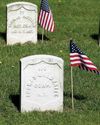
Putting the Pieces Together
Americans needed to begin to put the past behind them, come together, and plan for the future in the spring of 1865. But Abraham Lincoln, the man best equipped to lead them and who had hoped to restore the country as smoothly and peacefully as possible, had been assassinated.
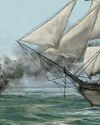
LAST SHOTS
The last Confederate forces in the Civil War didn’t surrender in the spring of 1865 or on a battlefield.
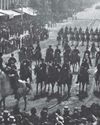
AND IN OTHER 1865 NEWS
A group of African Americans stop at the White House’s annual public reception on January 1, where they shake hands with President Abraham Lincoln.
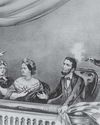
A Plot to Kill President the
For several months, actor John Wilkes Booth’s band of conspirators had plotted to capture President Abraham Lincoln and hold him hostage in exchange for Confederate prisoners.
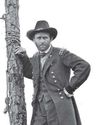
Let the Thing Be Pressed
In June 1864, Union Lieutenant General Ulysses S. Grant began a nearly 10-month campaign in Virginia.
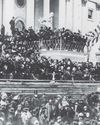
HEALING THE NATION
President Abraham Lincoln took the oath of office for the second time on March 4, 1865.

A Helping Hand
The spring season is hard in any agricultural society. Plants and animals are too small to eat.
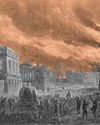
WAR SHERMAN-STYLE
As far as Union Major General William T. Sherman was concerned, the Civil War had gone on long enough.
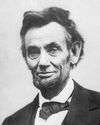
PEACE TALKS
The fall of Fort Fisher made clear that the Confederacy’s days were numbered. Southerners were tired and hungry.
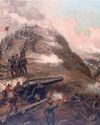
FORT FISHER'S FALL
Outnumbered Confederate soldiers inside Fort Fisher were unable to withstand the approach of Union troops by land and the constant Union naval bombardment from the sea.